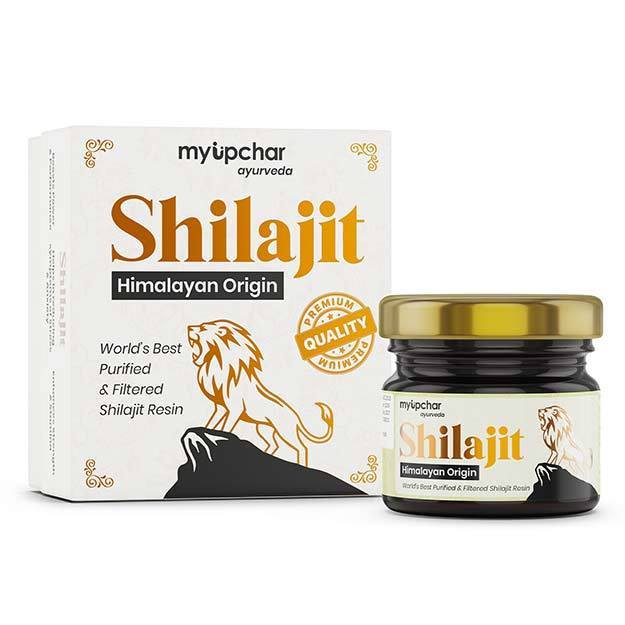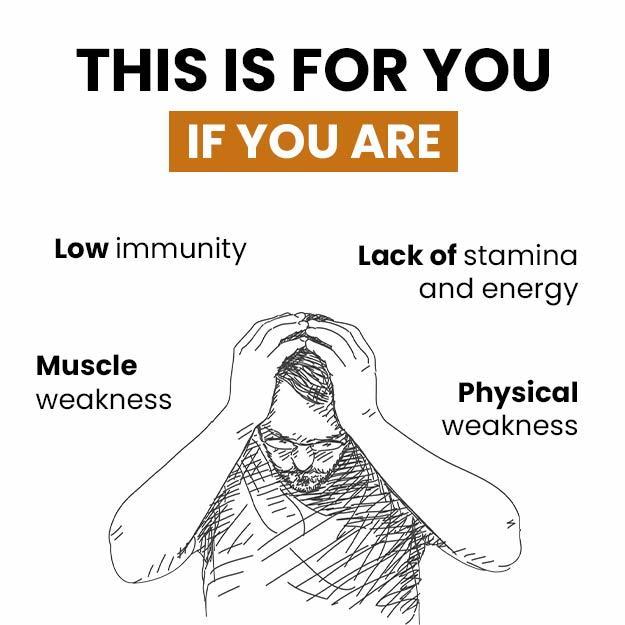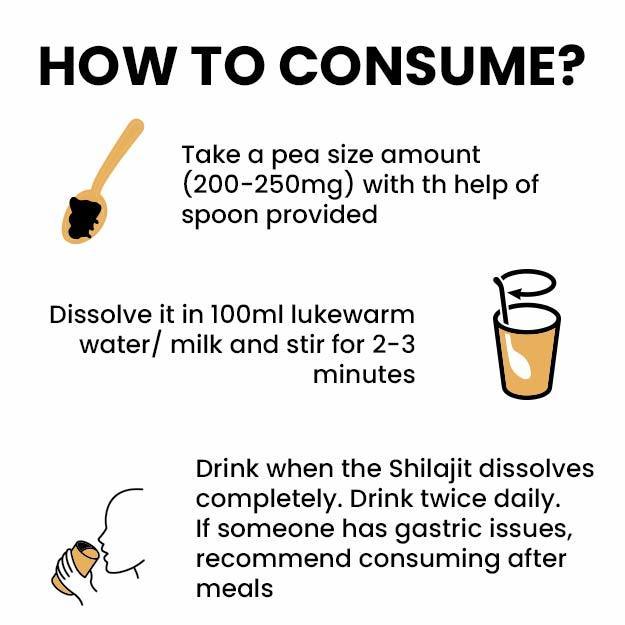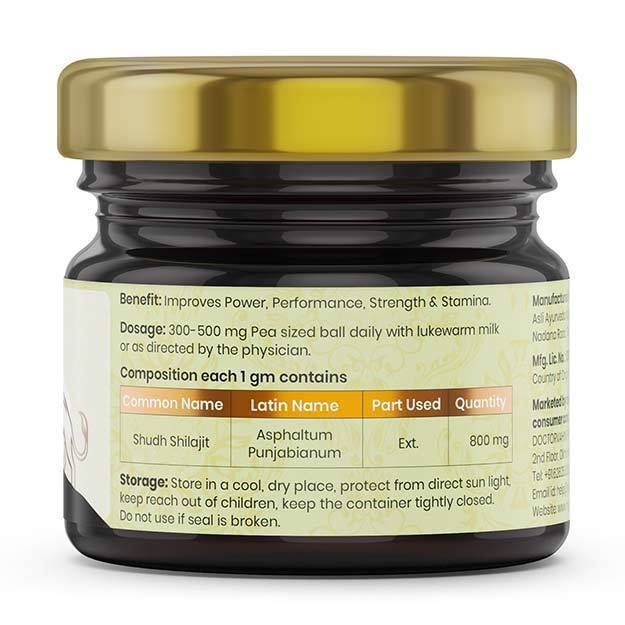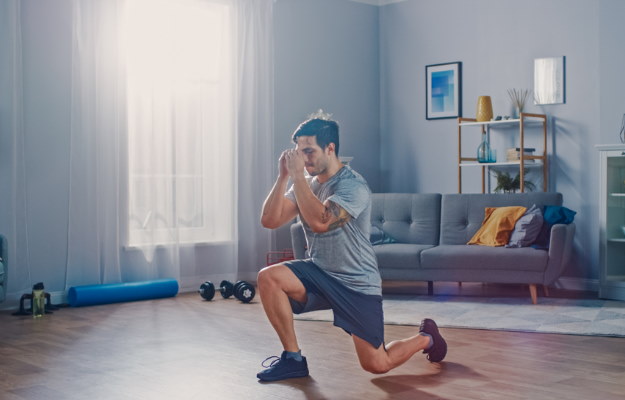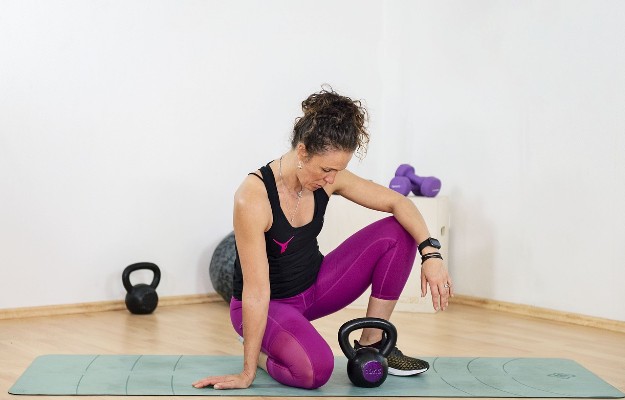Going to the gym regularly has many benefits for your health: working out regularly helps you reduce stress, increase your metabolism, maintain a healthy weight and build up your immunity to fight common infections. You know, those viral infections, bacterial infections and fungal infections that become even more common when the weather changes?
You workout to stay fighting fit, even when other people in the office or at home fall sick. And yet, the source of your good health and fitness - the gym - could also be a hotbed of infections!
Your neighbourhood gym sees hundreds of people using the same equipment throughout the day, making it an environment ripe for contracting nasty skin infections. If you thought workout injuries were the only cause for concern, think again.
Infections, however, shouldn’t stop you from continuing your journey to become fitter, as a few precautions - as well as healthy practices - should be enough to safeguard you from such setbacks. The benefits of fitness, after all, far outweigh the consequences.
So whether you’re beginning your fitness journey or are already a fitness enthusiast, or just visit the gym or your local yoga centre occasionally, there are ways to ensure good personal hygiene and keep these infections at bay.















